1. “For What It’s Worth” – Buffalo Springfield
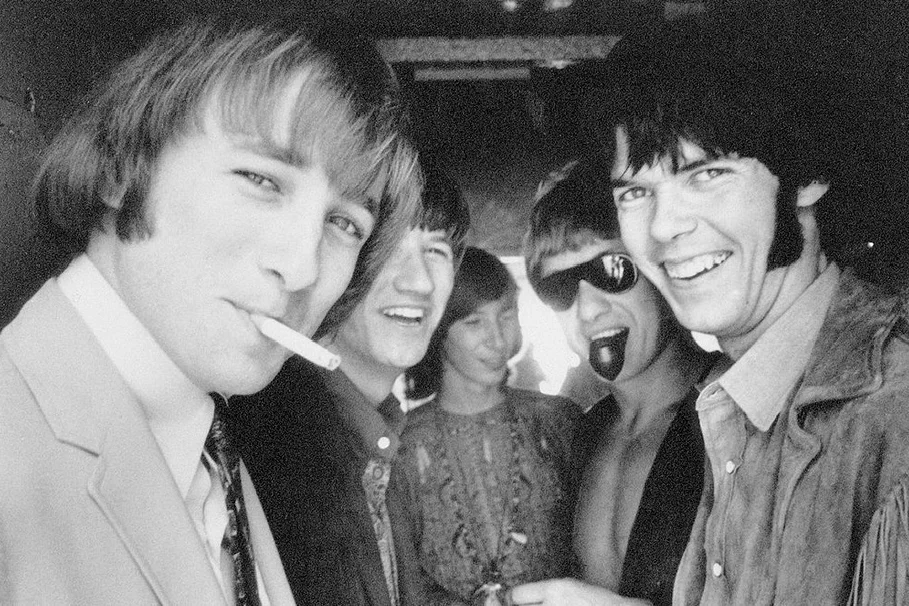
In 1966, Buffalo Springfield’s “For What It’s Worth” became an anthem of the turbulent times. It captured the spirit of protest and social upheaval, touching on issues like the Vietnam War and civil rights. Despite its significance and timeless message, the song never reached the top of the charts. It peaked at number seven on the Billboard Hot 100, a respectable position but not quite the victory many expected for such a culturally powerful track.
The song, written by Stephen Stills, remains one of the most iconic protest songs of the ’60s. Yet, its chart performance didn’t match the lasting impact it would go on to have on generations of listeners. It’s now considered one of the quintessential songs of the era, often used in films and documentaries about the ’60s.
2. “A Whiter Shade of Pale” – Procol Harum
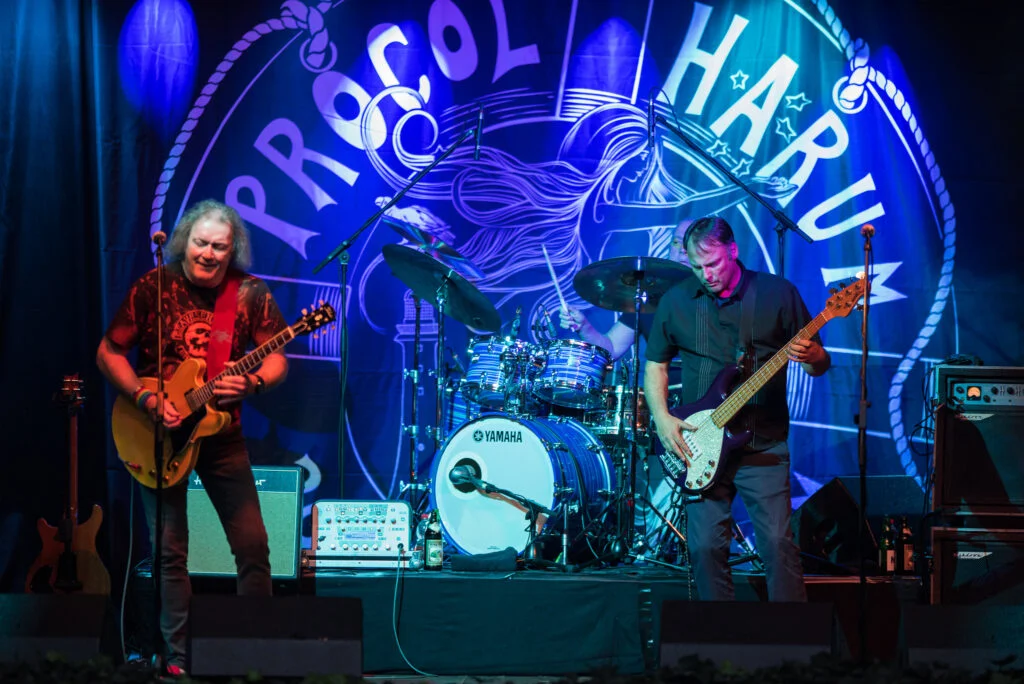
Procol Harum’s “A Whiter Shade of Pale” became an unexpected hit in 1967, yet it never made it to number one on the charts. The song’s haunting organ riff and cryptic lyrics gave it an otherworldly quality, making it an instant classic. Still, it peaked at number six on the Billboard Hot 100, which was impressive but far from the chart-topping success many predicted for such a revolutionary track.
Despite its relatively low chart placement, “A Whiter Shade of Pale” has since been recognized as one of the most influential songs of the ’60s. It’s often described as one of the best examples of psychedelic rock, with its fusion of classical music and contemporary rock. The song’s iconic status continues to grow, even if it never quite hit the top of the charts.
3. “The Weight” – The Band
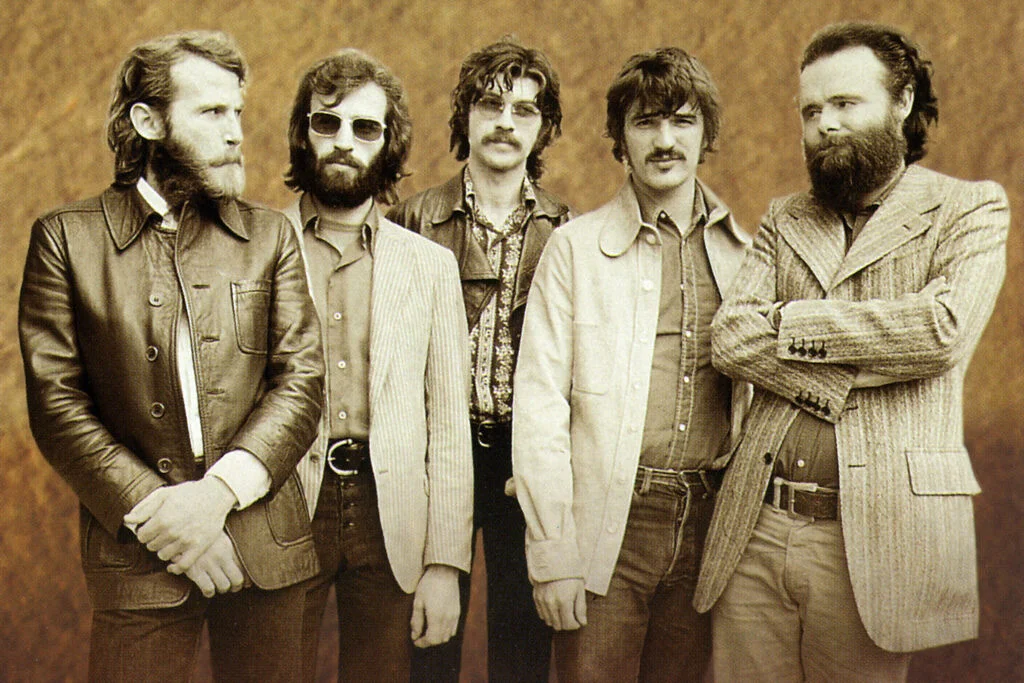
“The Weight” by The Band is another example of a song that was hugely influential but never made it to number one. Released in 1968, it became a cornerstone of American roots rock, with its folksy, gospel-inspired sound. The track reached a respectable number 63 on the Billboard Hot 100, but its true significance wasn’t reflected in its chart performance.
Despite this, “The Weight” has become one of the most revered songs in rock history. It’s a song that’s been covered by numerous artists and is still a staple in the live performances of many classic rock acts. Its low chart placement never stopped it from achieving legendary status among music lovers.
4. “House of the Rising Sun” – The Animals
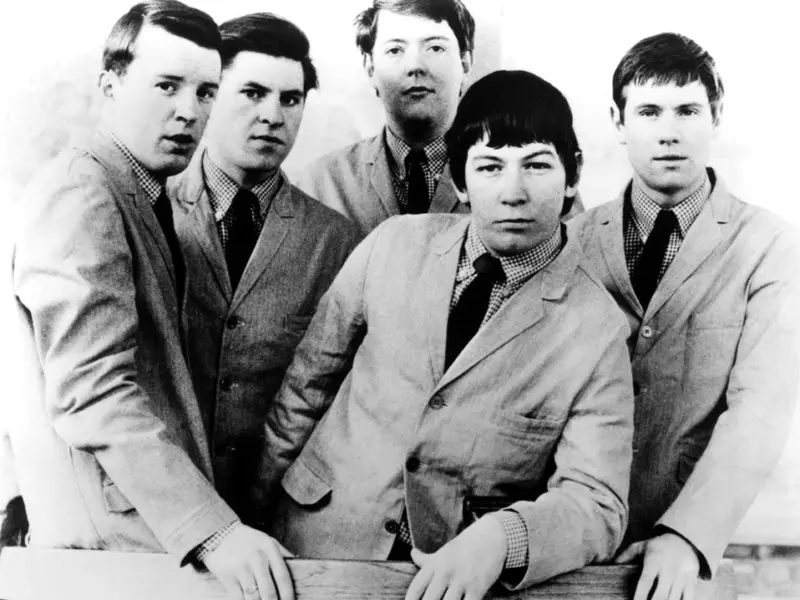
The Animals’ version of “House of the Rising Sun” is one of the most iconic songs of the ’60s, yet it never quite claimed the top spot on the charts. Released in 1964, it reached number one in the UK but only climbed to number four on the Billboard Hot 100 in the U.S. The song’s haunting melody and powerful vocals from Eric Burdon struck a chord with audiences, but its chart performance didn’t reflect its cultural impact.
Even though it didn’t stay at number one, “House of the Rising Sun” has endured as a defining song of the ’60s. It remains a symbol of the era’s folk and blues revival, and its influence can be heard in countless renditions across different genres. Despite its chart struggles, it’s now a classic.
5. “Light My Fire” – The Doors
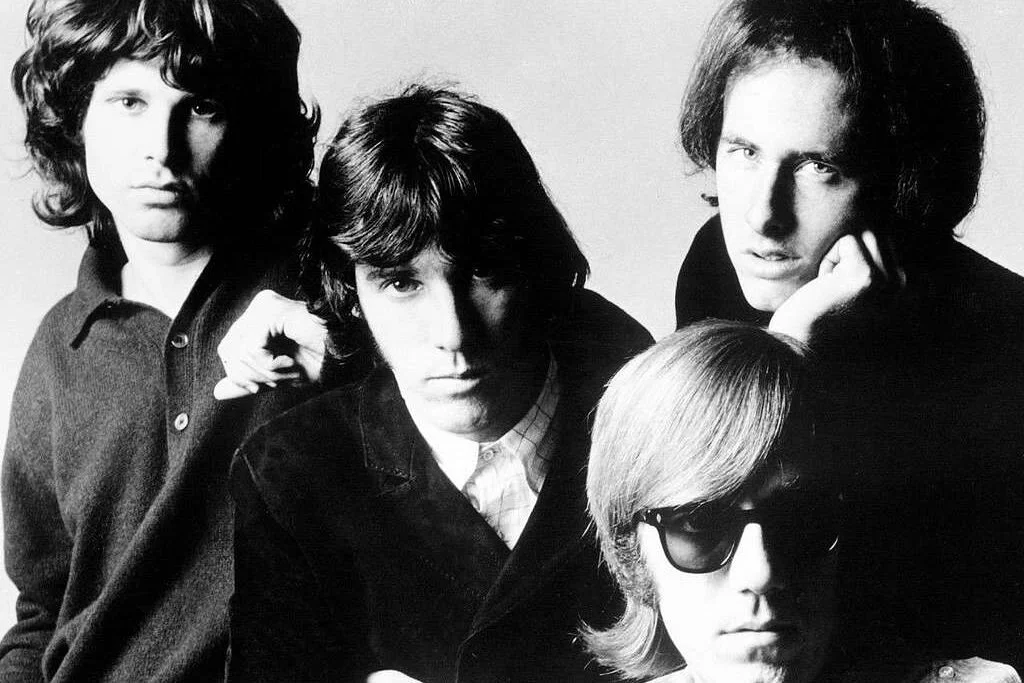
The Doors’ “Light My Fire” was a breakthrough hit for the band, becoming a massive cultural moment in 1967. Despite its popularity and groundbreaking sound, the song only reached number one on the Billboard Hot 100 for three weeks, but it didn’t remain at the top for long. Its blend of jazz, rock, and experimental sounds pushed boundaries, making it a defining track of the era.
Although it never stayed at the top, “Light My Fire” became one of the most enduring songs in rock history. Its experimental nature and Jim Morrison’s charismatic vocals solidified The Doors as one of the most influential bands of the ’60s. The song’s lasting power is clear, even though it didn’t dominate the charts as long as other hits.
6. “I Heard It Through the Grapevine” – Marvin Gaye

While Marvin Gaye’s “I Heard It Through the Grapevine” is now regarded as one of the greatest soul songs of all time, it never quite made it to number one on the charts. Released in 1968, the song spent seven weeks at number two on the Billboard Hot 100 but never reached the coveted top spot. Its intense emotion and Gaye’s powerful performance should have made it a surefire chart-topper, but it fell just short.
The song has since become a defining anthem of the Motown era, and its influence can still be felt today. It’s been covered by countless artists and continues to captivate listeners with its poignant storytelling and soul-stirring sound. Despite not reaching number one, its legacy as a classic is indisputable.
7. “California Dreamin’” – The Mamas & the Papas
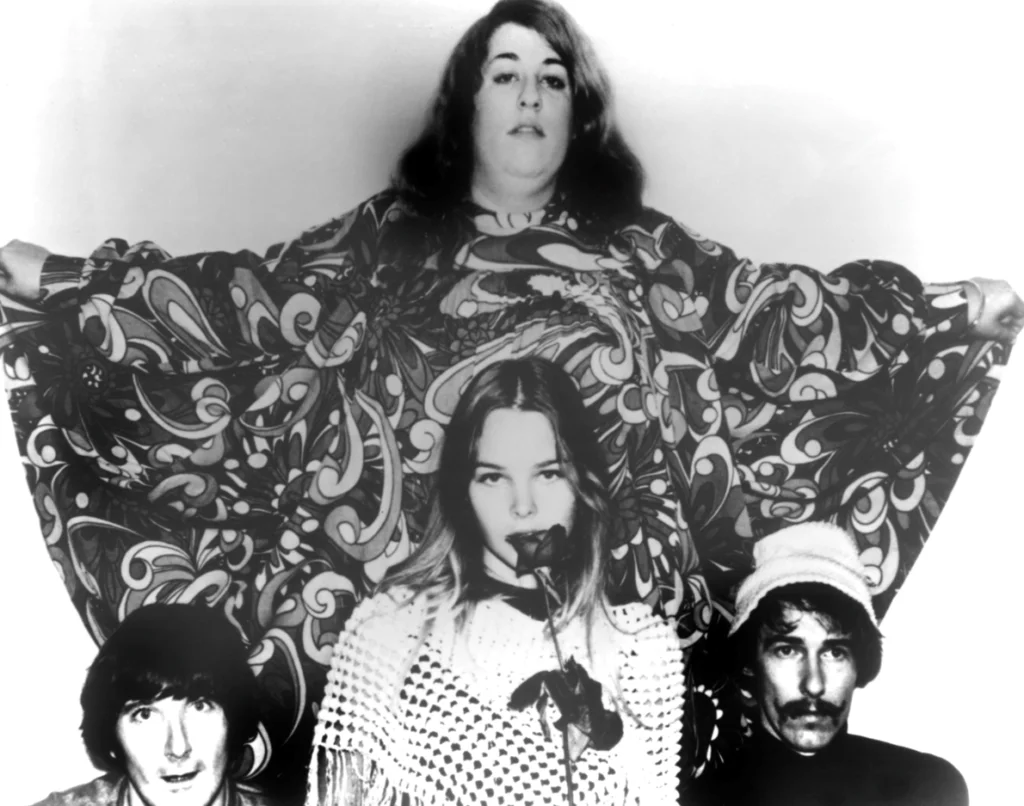
“California Dreamin’” by The Mamas & the Papas is one of the most beloved songs of the ’60s, yet it never hit the top of the charts. Released in 1965, the song reached number four on the Billboard Hot 100, but it was overshadowed by other chart-toppers of the time. Its yearning lyrics and folk-pop sound made it a standout, yet it only managed to peak at number four.
Despite this, “California Dreamin’” has become one of the most enduring songs of the decade. Its wistful longing for warmth and sunshine resonated with many, and it remains a timeless anthem for anyone dreaming of a better place. While it didn’t top the charts, it’s certainly become a classic.
8. “Spill the Wine” – Eric Burdon & War
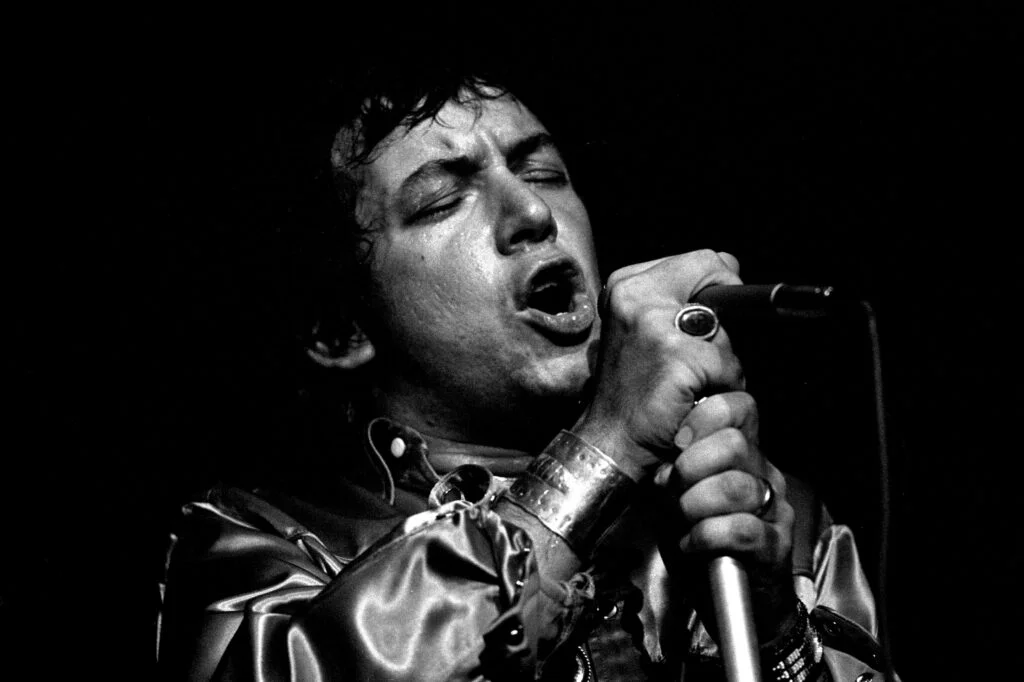
Released in 1970, “Spill the Wine” by Eric Burdon & War was a funky, experimental track that seemed destined for chart success. The song reached number five on the Billboard Hot 100, but its wild blend of rock, Latin rhythms, and psychedelic sounds couldn’t quite push it to number one. Its playful lyrics and groovy instrumentation helped it become a favorite of the era, but it still fell short of the top spot.
Despite this, “Spill the Wine” has endured in popular culture, often showing up in film soundtracks and still being featured in classic rock radio playlists. Its influence can be heard in songs from later decades that blend various genres, and it’s now remembered as one of the standout tracks from the late ’60s and early ’70s.
9. “The Times They Are a-Changin’” – Bob Dylan
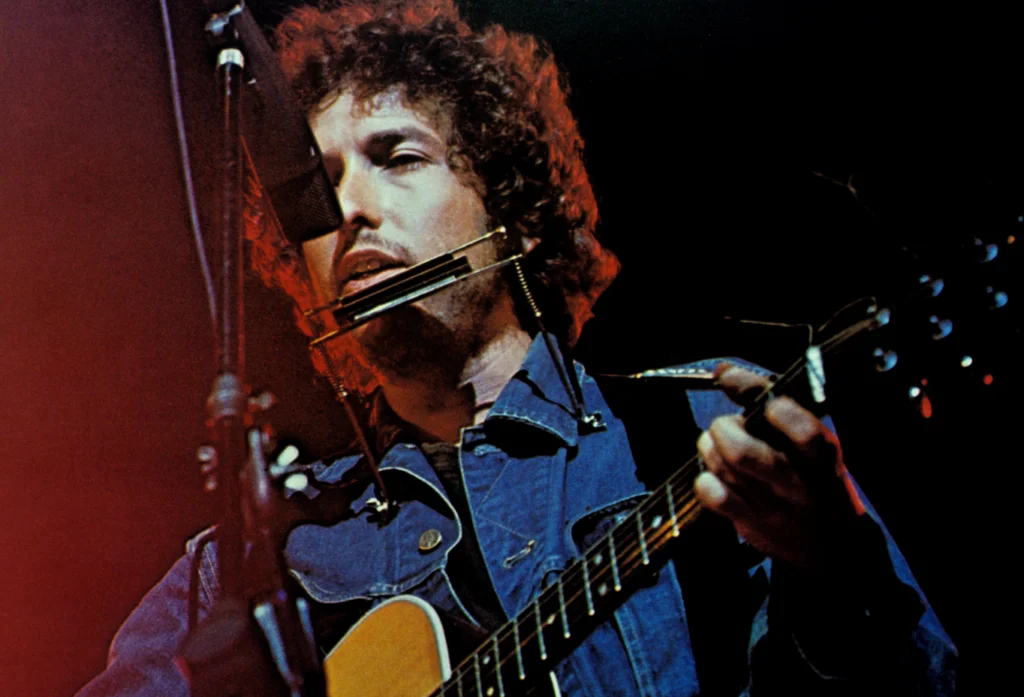
Bob Dylan’s “The Times They Are a-Changin’” is one of his most iconic songs, yet it never reached the top of the charts. Released in 1964, the song became an anthem for the civil rights movement and the counterculture, urging change and revolution. While it peaked at number 12 on the Billboard Hot 100, it didn’t hit number one, which may seem surprising given its lasting power.
Despite its modest chart performance, the song’s influence has only grown over the years. It remains a defining anthem of social movements and has been covered by numerous artists. “The Times They Are a-Changin’” is now a classic that transcends its chart position, proving that impact isn’t always measured by rankings.
10. “Respect” – Aretha Franklin
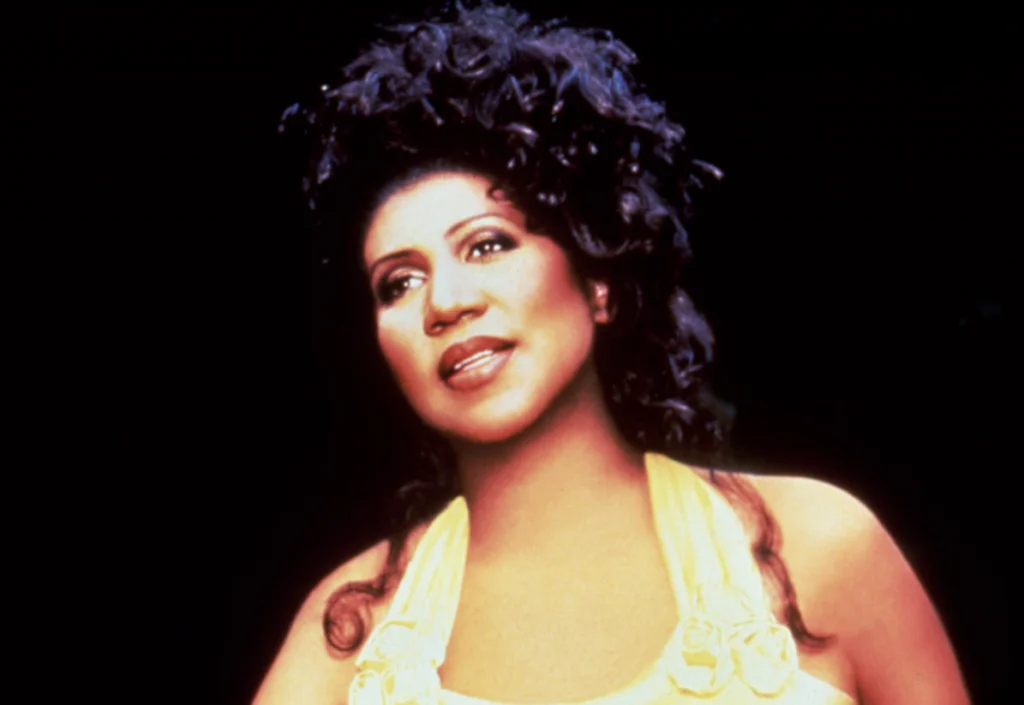
Although “Respect” by Aretha Franklin became one of the most important songs of the ’60s and a landmark moment in the history of soul music, it didn’t top the charts for long. Released in 1967, the song reached number one on the R&B charts and number 10 on the Billboard Hot 100, but it remained at the top for only two weeks. Despite its relatively brief reign, it became a definitive anthem of the feminist and civil rights movements.
“Respect” went on to become one of Franklin’s signature songs, celebrated for its powerful message and Franklin’s commanding vocals. It’s now considered a cultural touchstone and is frequently ranked among the greatest songs of all time, proving that chart performance doesn’t always correlate with long-term cultural relevance.
11. “Mrs. Robinson” – Simon & Garfunkel
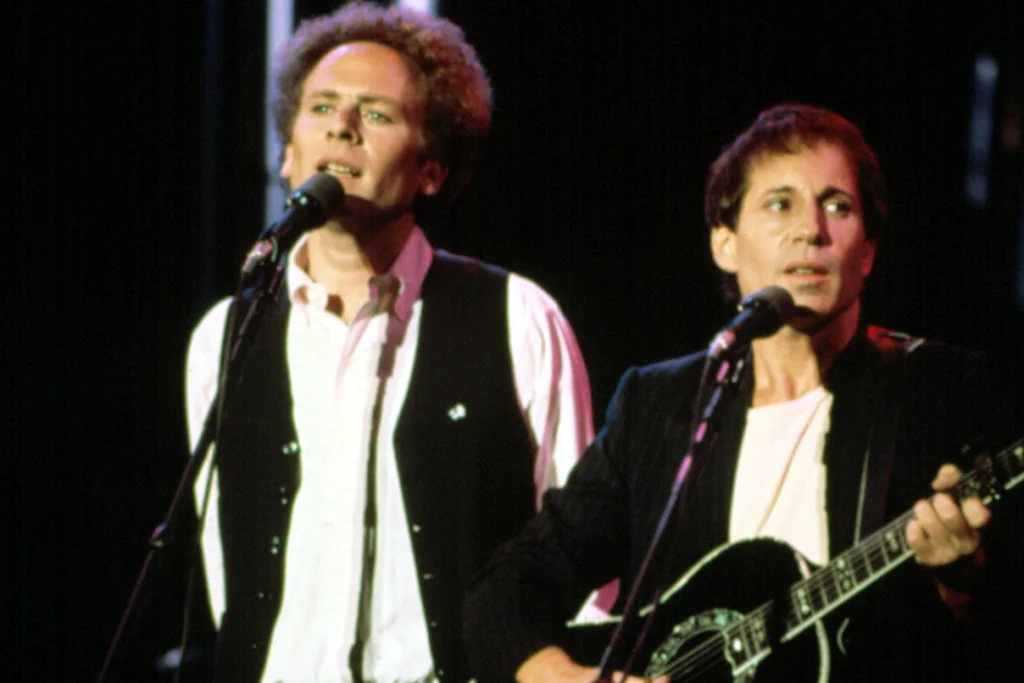
Released in 1968, Simon & Garfunkel’s “Mrs. Robinson” became an instant classic, largely due to its prominent role in the film The Graduate. The song reached number one on the Billboard Hot 100 but didn’t remain there for long. While it’s one of the most memorable songs from the ’60s, it also couldn’t hold its position at the top for more than a few weeks.
Even with its relatively short stay at the top, “Mrs. Robinson” has remained a defining piece of ’60s pop culture. Its connection to The Graduate made it a permanent fixture in American music and film history, cementing its legacy even after it fell off the charts.
12. “I Can’t Help Myself (Sugar Pie, Honey Bunch)” – The Four Tops
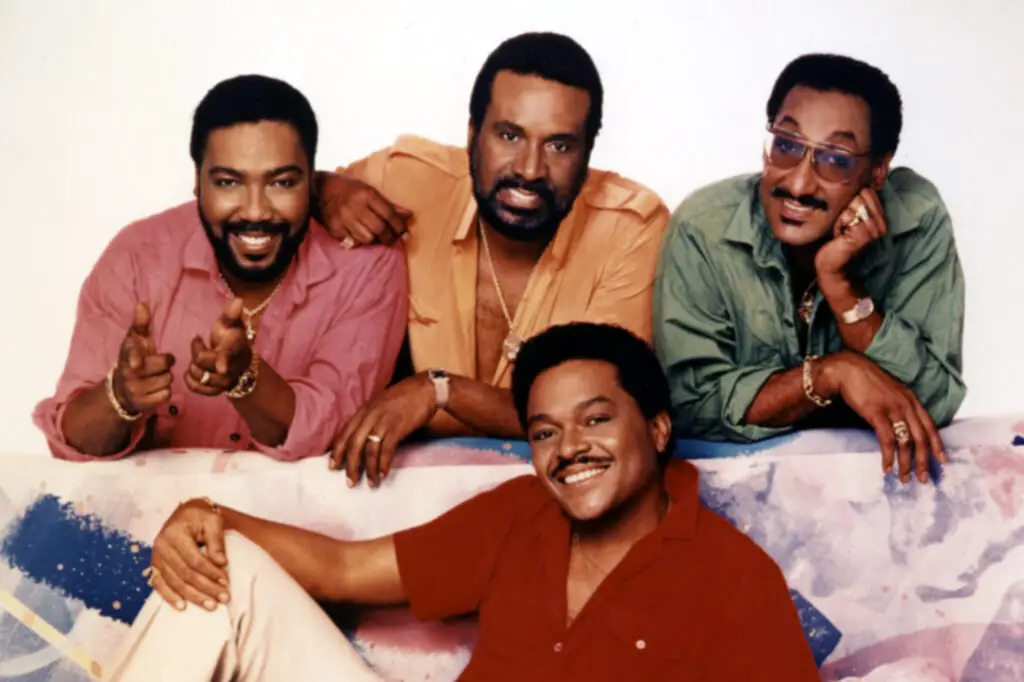
The Four Tops’ 1965 hit “I Can’t Help Myself (Sugar Pie, Honey Bunch)” was a huge success on the R&B charts, but it never quite reached the number one spot on the Billboard Hot 100. It peaked at number two, a position it held for several weeks, yet never reached the top despite being one of the most recognizable Motown hits of the era.
The song became a hallmark of the Motown sound, with its catchy melody and lead singer Levi Stubbs’ powerful voice. It continues to be one of the most enduring songs from the Motown era, frequently included in compilations of the genre, proving that a song’s influence doesn’t always rely on staying number one.
13. “Good Vibrations” – The Beach Boys
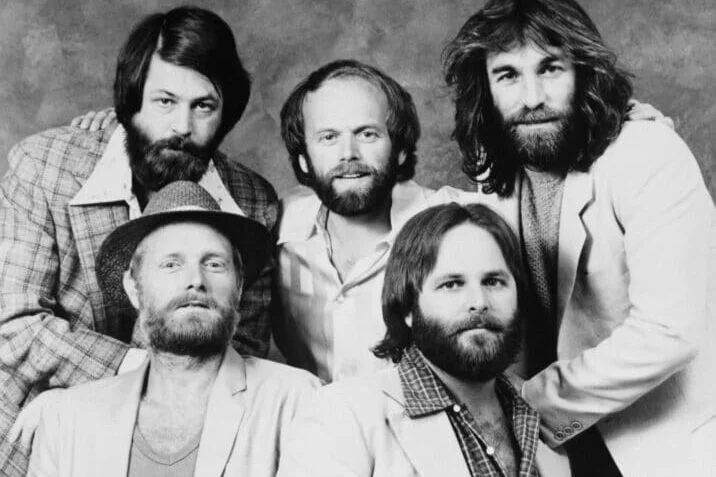
The Beach Boys’ “Good Vibrations” is often considered one of the most innovative pop songs of the ’60s, and yet it never quite managed to stay at number one for long. The song reached number one for a single week in 1966 but was quickly overshadowed by other chart-topping hits. Its intricate production, made famous by Brian Wilson, was ahead of its time, and it remains a defining piece of pop history.
Despite its brief stay at the top, “Good Vibrations” is often hailed as one of the greatest songs in the history of pop music. It has been recognized for its complex structure and lush sound, which made it a groundbreaking hit for the time. The song’s lasting power has only grown as it continues to be celebrated by music enthusiasts and new generations alike.
14. “The Sound of Silence” – Simon & Garfunkel

Simon & Garfunkel’s “The Sound of Silence” is another classic that, while incredibly impactful, never held the top spot for long. Released in 1965, the song reached number one on the Billboard Hot 100, but it was only for a brief time. Its poetic lyrics and haunting melody captured the cultural tensions of the era, yet it couldn’t hold its position for long against other popular hits.
Though its chart performance was brief, the song’s cultural relevance has lasted far longer. It became one of the defining tracks of the ’60s, symbolizing the disillusionment and introspection of the era. “The Sound of Silence” remains a staple of the American folk music tradition.
15. “You Really Got Me” – The Kinks
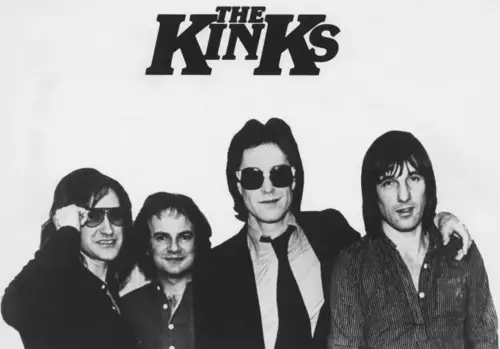
The Kinks’ “You Really Got Me” was a revolutionary song for its time, pioneering the hard rock sound that would go on to dominate the ’70s. Released in 1964, it reached number seven on the Billboard Hot 100, but it never hit the top of the charts. Despite its raw energy and influential guitar riff, it wasn’t able to overtake the bigger pop hits of the time.
Despite its modest chart performance, “You Really Got Me” is now seen as one of the most important songs in rock history. It has influenced countless bands and remains a staple of classic rock radio. The song’s legacy lives on in its impact on the rock genre, proving that it didn’t need a number one spot to leave a lasting mark.
16. “My Generation” – The Who
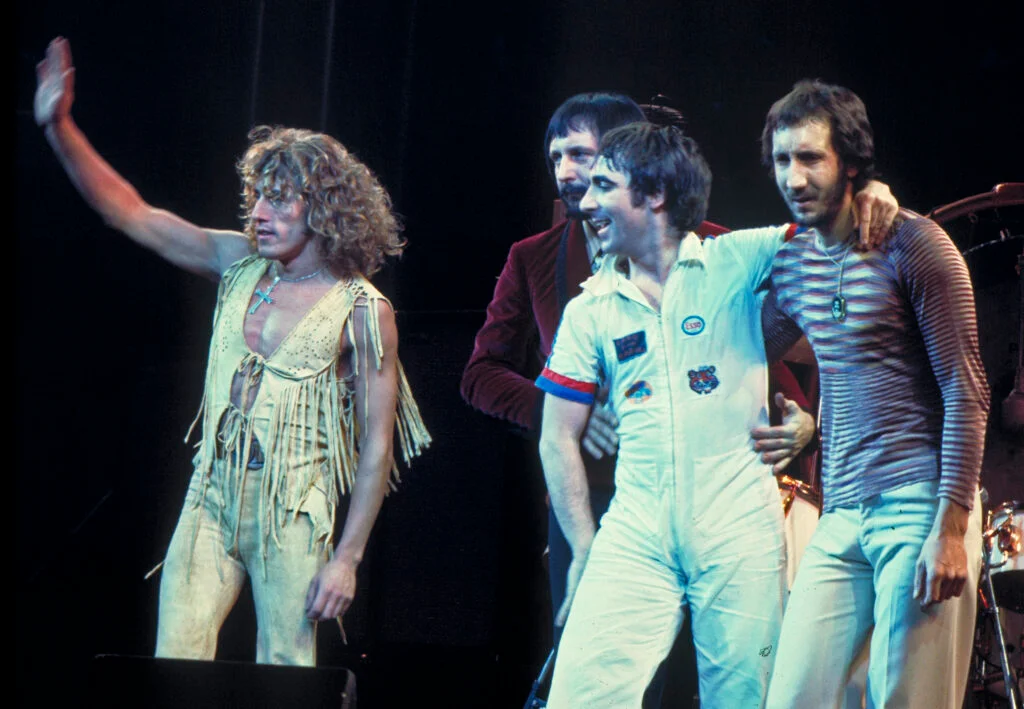
The Who’s “My Generation” was one of the most rebellious songs of the ’60s, capturing the frustration and defiance of the youth movement. Released in 1965, it became an anthem of the counterculture, but it only reached number two on the UK charts and didn’t break into the top 10 on the Billboard Hot 100. Despite not reaching the number one position, it became one of the most important rock songs of the decade.
“My Generation” has since become a defining moment in the history of rock music, and it’s still seen as a rallying cry for generations of youth. Its message of defiance against authority and societal norms struck a chord with listeners, even if its chart performance didn’t quite match its cultural importance.
17. “Twist and Shout” – The Beatles
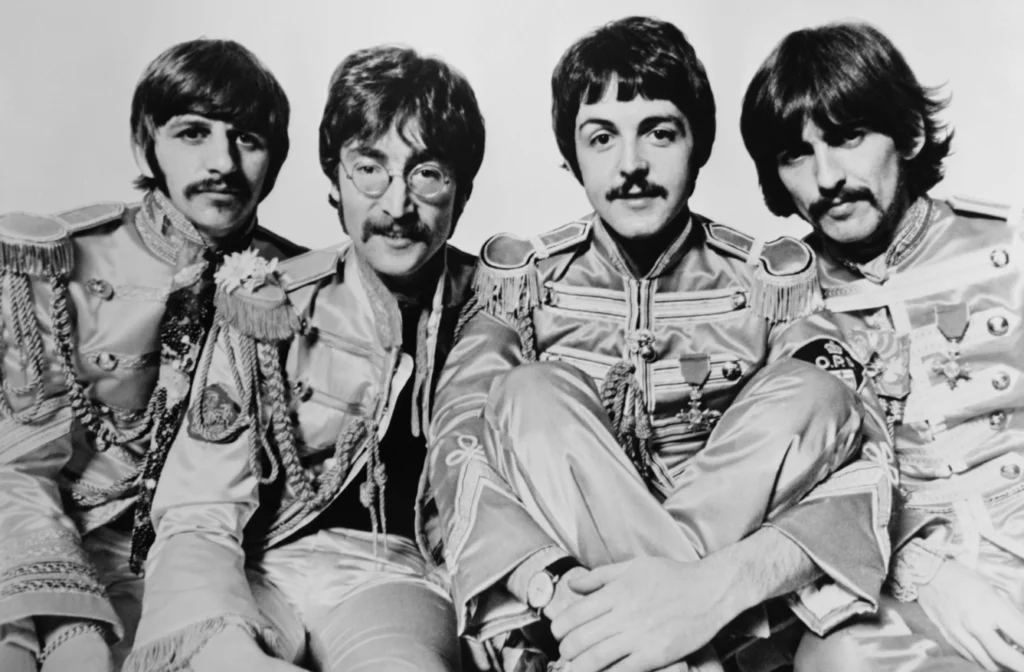
While “Twist and Shout” was a massive hit for The Beatles, it never made it to number one in the United States. Released in 1963, the song reached number two on the Billboard Hot 100, and its energetic, raw sound became a defining track of early Beatles music. Its fast tempo and wild vocals from John Lennon made it a fan favorite, but it was overshadowed by other songs that dominated the charts at the time.
Even though it didn’t top the charts, “Twist and Shout” remains one of the most enduring and beloved songs in The Beatles’ catalog. Its use in films, commercials, and live performances has kept it alive in popular culture, securing its place as a classic.
18. “Revolution” – The Beatles
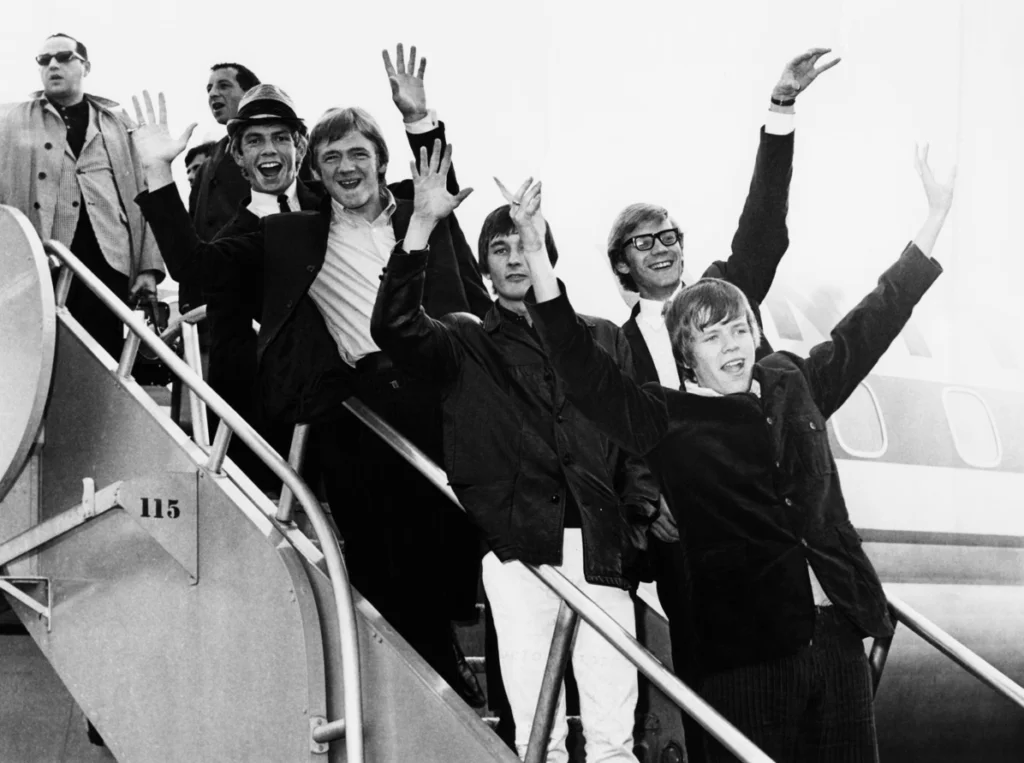
“Revolution” by The Beatles is a song that perfectly encapsulates the social and political unrest of the late ’60s. Released in 1968, it became an anthem for those demanding change. Despite its explosive energy and powerful message, the song only reached number 12 on the Billboard Hot 100, never quite making it to the top spot.
The song’s lasting power lies in its raw, unapologetic lyrics and its reflection of the turbulent times. “Revolution” is still regarded as one of the most important protest songs of the ’60s. Its chart performance didn’t match its cultural importance, but it remains one of the Beatles’ defining moments.


